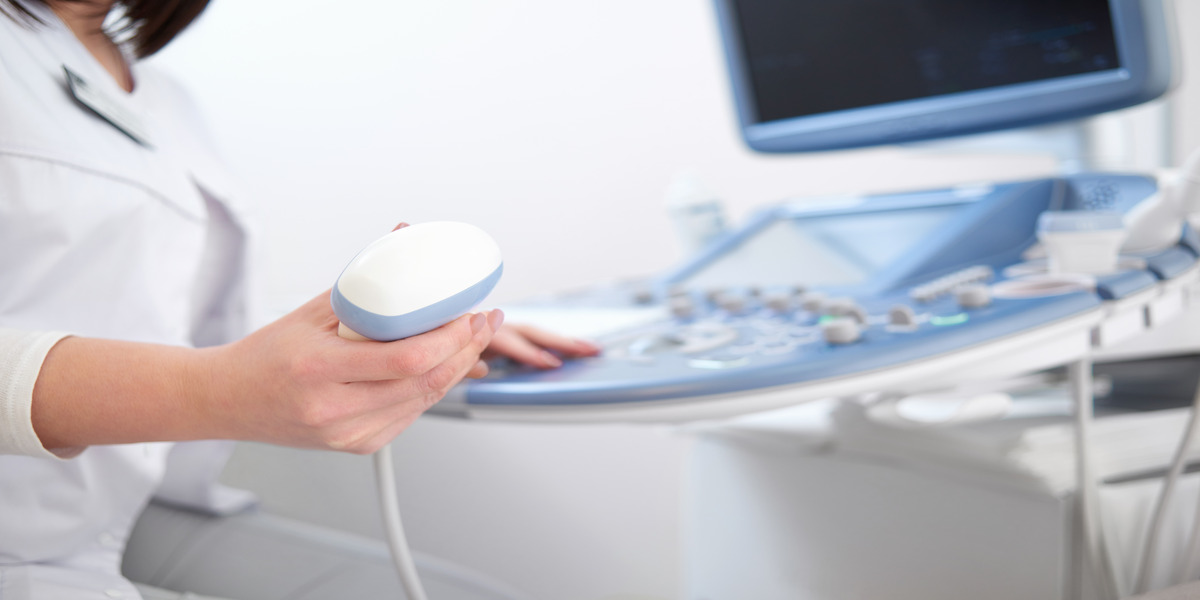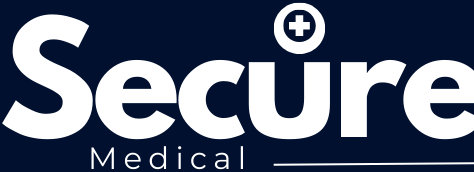In the intricate world of healthcare, accurate diagnosis forms the cornerstone of effective treatment and patient care. Diagnostic instruments play a pivotal role in this process, enabling healthcare professionals to identify diseases, assess health status, and formulate tailored treatment plans. From basic tools like thermometers and stethoscopes to advanced imaging systems and molecular diagnostics, understanding the functionality and significance of diagnostic instruments is crucial for both healthcare providers and patients. In this comprehensive guide, we delve into the diverse array of diagnostic instruments, their applications, and how they contribute to the diagnosis and management of various medical conditions.
The Importance of Diagnostic Instruments
Diagnostic instruments serve as essential aids for healthcare providers in identifying and evaluating health conditions across all medical specialties. These instruments facilitate the collection of clinical data, measurement of physiological parameters, and visualization of anatomical structures, thereby guiding clinical decision-making and treatment strategies. By providing objective evidence and insights into patients’ health status, diagnostic instruments enable early detection of diseases, monitoring of treatment responses, and optimization of patient outcomes.
Moreover, diagnostic instruments play a crucial role in preventive healthcare by facilitating screening and early intervention for risk factors and asymptomatic conditions. For example, blood pressure monitors, cholesterol analyzers, and glucose meters enable routine screening for hypertension, dyslipidemia, and diabetes, allowing for timely detection and management of cardiovascular risk factors.
Types of Diagnostic Instruments
Diagnostic instruments encompass a wide range of devices and tools designed for various diagnostic purposes, including:
- Physical Examination Tools: Basic diagnostic instruments such as stethoscopes, otoscopes, and ophthalmoscopes are essential for conducting physical examinations and assessing vital signs, respiratory sounds, and sensory functions. These tools provide valuable clinical information that guides differential diagnosis and treatment planning across medical specialties.
- Laboratory Analyzers: Laboratory diagnostic instruments include hematology analyzers, chemistry analyzers, and microbiology systems that enable the analysis of blood, urine, tissue samples, and other biological specimens. These instruments aid in the detection of infections, metabolic disorders, and abnormalities in organ function, supporting disease diagnosis and monitoring of treatment responses.
- Imaging Modalities: Diagnostic imaging instruments encompass a diverse range of technologies, including X-ray, ultrasound, computed tomography (CT), magnetic resonance imaging (MRI), and nuclear medicine imaging systems. These modalities enable non-invasive visualization of internal structures, organs, and tissues, facilitating the diagnosis and staging of various medical conditions, such as fractures, tumors, and cardiovascular diseases.
- Molecular Diagnostics: Molecular diagnostic instruments utilize nucleic acid amplification techniques, such as polymerase chain reaction (PCR) and nucleic acid sequencing, to detect genetic mutations, infectious agents, and biomarkers associated with disease. These instruments play a crucial role in precision medicine, cancer diagnostics, and infectious disease surveillance, enabling personalized treatment approaches and targeted therapies.
Applications and Clinical Utility
The applications of diagnostic instruments are vast and encompass diverse medical specialties, including internal medicine, cardiology, radiology, pathology, and infectious diseases. Some common clinical scenarios where diagnostic instruments are utilized include:
- Differential Diagnosis: Diagnostic instruments aid healthcare providers in distinguishing between various medical conditions with similar clinical presentations, facilitating accurate diagnosis and appropriate treatment selection. For example, electrocardiography (ECG) helps differentiate between different types of cardiac arrhythmias, while imaging modalities like MRI and CT assist in distinguishing between benign and malignant tumors.
- Disease Monitoring: Diagnostic instruments play a crucial role in monitoring disease progression, treatment responses, and therapeutic outcomes over time. For patients with chronic conditions such as diabetes, hypertension, and autoimmune disorders, regular monitoring of blood glucose levels, blood pressure, and inflammatory markers using diagnostic instruments helps optimize disease management and prevent complications.
- Screening and Early Detection: Diagnostic instruments enable population-based screening programs aimed at early detection of asymptomatic conditions and risk factors for common diseases. For example, mammography is used for breast cancer screening in women, while colonoscopy is recommended for colorectal cancer screening in adults over the age of 50.
- Interventional Procedures: In interventional radiology and cardiology, diagnostic imaging instruments are used to guide minimally invasive procedures such as angioplasty, stent placement, and image-guided biopsies. These instruments provide real-time visualization of anatomical structures and facilitate precise placement of catheters, needles, and surgical instruments, reducing procedural risks and improving patient outcomes.

Future Directions and Emerging Technologies
The field of diagnostic instruments is constantly evolving, driven by technological advancements, scientific discoveries, and changing healthcare needs. Emerging trends and innovations in diagnostic instruments include:
- Point-of-Care Testing: The development of portable and rapid diagnostic instruments enables point-of-care testing in diverse clinical settings, including ambulatory care, emergency departments, and resource-limited settings. These instruments provide immediate results for critical parameters such as blood glucose, troponin levels, and infectious disease markers, allowing for timely diagnosis and treatment decisions.
- Artificial Intelligence and Machine Learning: AI-powered diagnostic instruments leverage machine learning algorithms to analyze complex datasets, interpret medical images, and generate predictive models for disease diagnosis and prognosis. These instruments enhance diagnostic accuracy, reduce interpretation errors, and improve efficiency in healthcare delivery.
- Wearable and Implantable Sensors: Wearable diagnostic instruments, such as smartwatches, fitness trackers, and continuous glucose monitors, enable continuous monitoring of physiological parameters and health metrics in real-time. Implantable sensors, such as cardiac monitors and glucose sensors, provide long-term monitoring of chronic conditions and early detection of disease relapse or complications.
- Integrated Diagnostics Platforms: Integrated diagnostics platforms combine multiple diagnostic modalities, such as imaging, molecular testing, and clinical laboratory analysis, into a single integrated system. These platforms enable comprehensive diagnostic evaluations, personalized treatment recommendations, and holistic patient care management.
Conclusion
Diagnostic instruments are indispensable tools in modern healthcare, enabling accurate diagnosis, personalized treatment, and optimal patient outcomes across a wide range of medical conditions. From physical examination tools and laboratory analyzers to imaging modalities and molecular diagnostics, understanding the functionality and clinical utility of diagnostic instruments is essential for healthcare providers, researchers, and patients alike. As we embrace the opportunities presented by emerging technologies and innovative approaches to diagnostics, the future holds immense promise for further advancements in diagnostic instruments that will continue to shape the landscape of healthcare and improve the quality of patient care.

